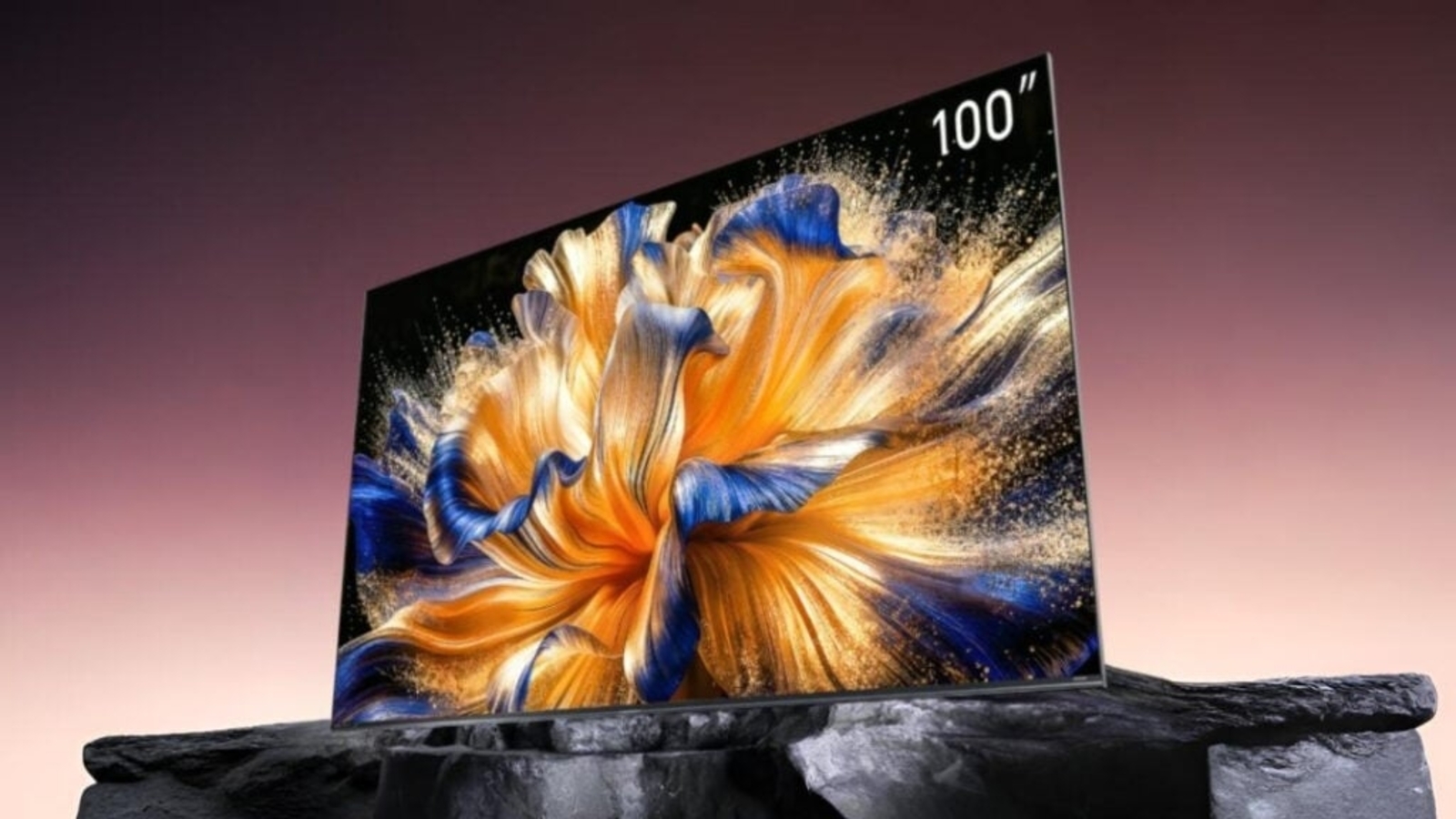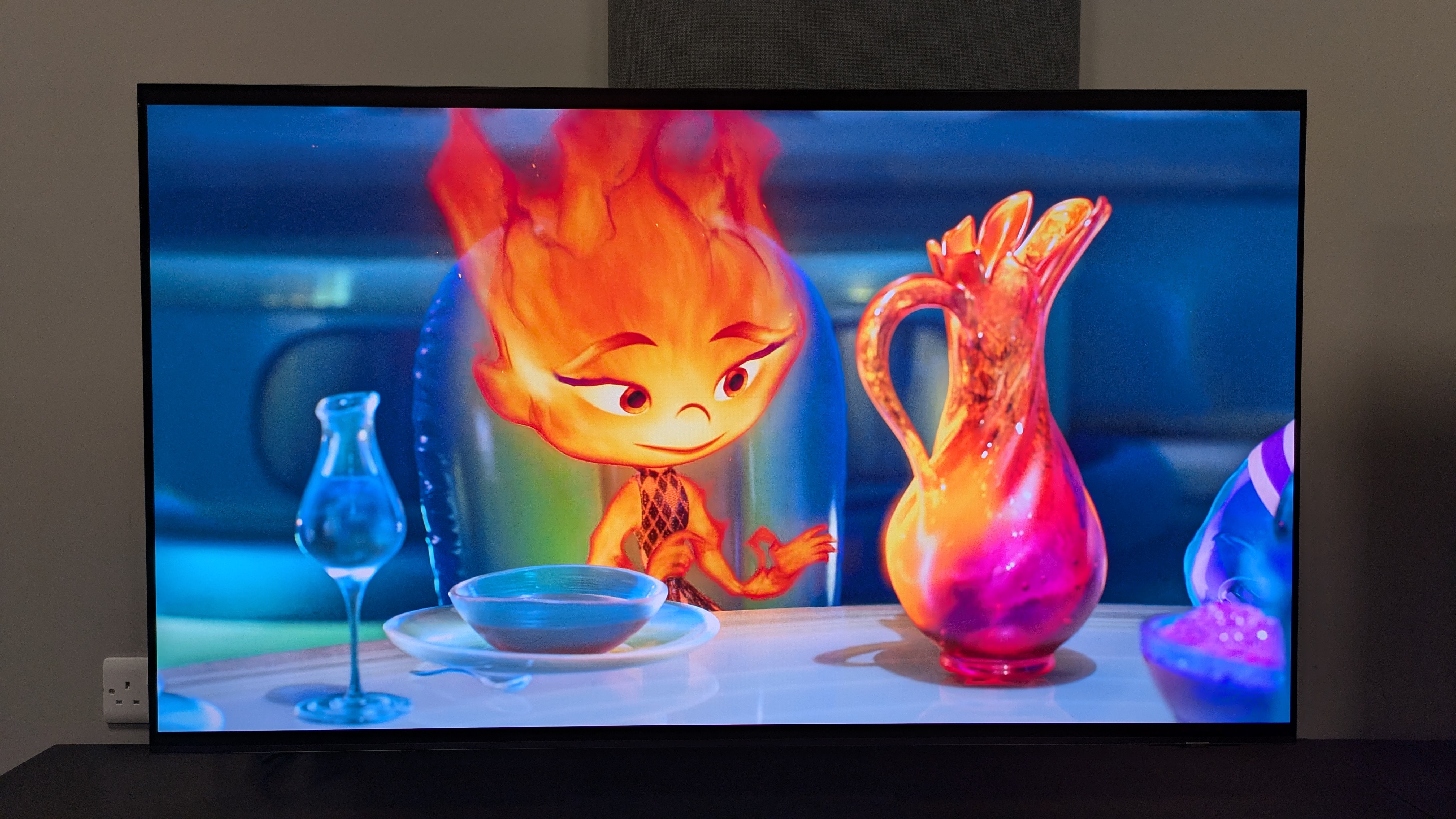Televisions
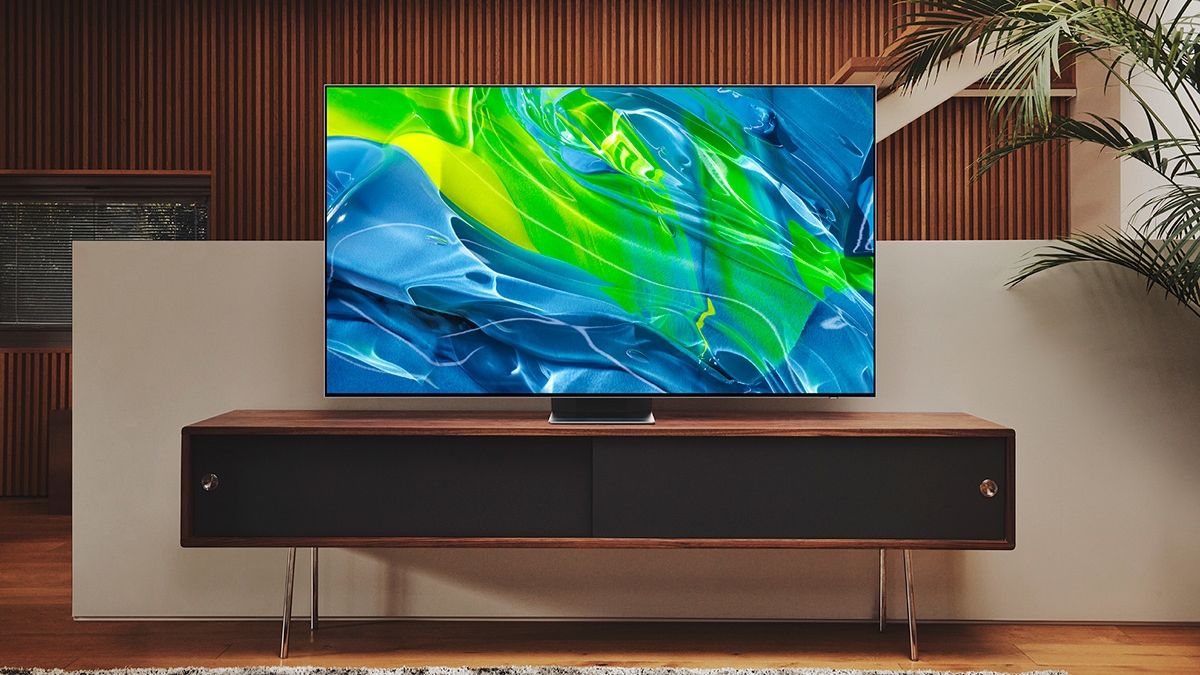
Televisions have come a long way from the boxy tube-type models of the distant past, and are now thin (incredibly so, in some instances) flat-panels that easily lend themselves to mounting on your wall like a picture.
The two major technologies used for producing televisions are LCD and OLED, with variations on both – LED and mini-LED in the case of LCD, and W-OLED (white) and QD-OLED (quantum dot) for OLED.
Screen sizes for televisions have also evolved to the point where 85-inch TVs are now common and larger sizes such as 88 and 98 inches are available. This development has blurred the distinction somewhat between televisions and projectors, which are used to achieve greater than 100-inch screen sizes in a home theater setting.
Televisions also provide built-in Wi-Fi and smart TV interfaces that can be used for browsing apps and streaming movies and shows. Gaming has also become a primary use for televisions, with recent models providing support for the 4K 120Hz output of next-gen PS5 and Xbox Series X gaming consoles, a feature that provides more realistic graphics and smoother action during gameplay.
While televisions with 8K resolution are available, 4K, which is supported by many streaming services like Netflix, is a more common resolution.
Explore Televisions
Latest about Televisions

LG's next TVs have won awards before they're even announced – and the company might turn its mini-LED woes around with next-gen RGB backlighting
By Carrie Marshall published
LG has won multiple CES innovation awards including one for an unannounced RGB LED TV
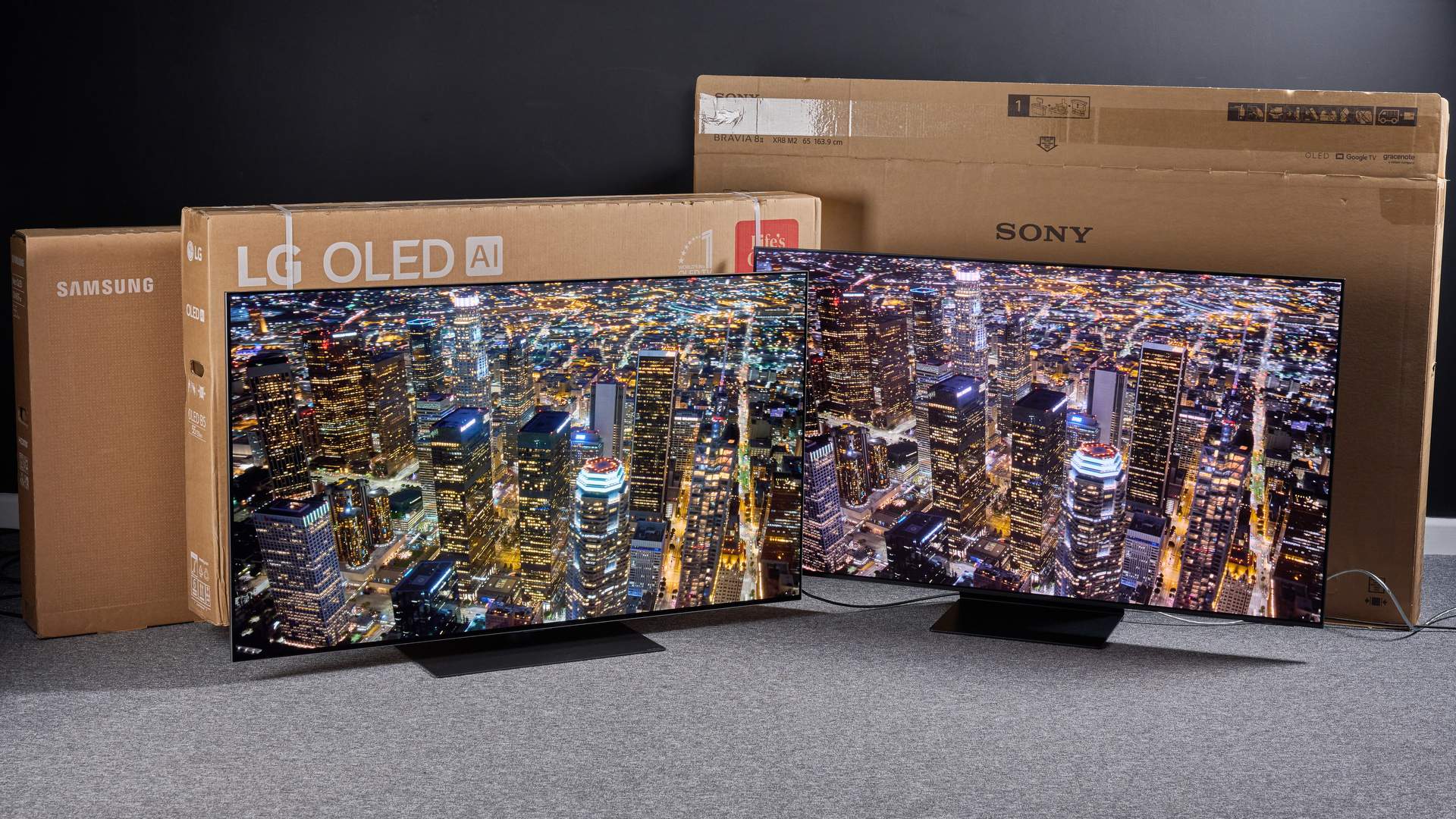
The best 75-inch TVs, all tested by our big-screen experts
By Al Griffin last updated
Updated The best 75-inch TVs offer a true big-screen experience, with a size befitting the greatest films and the most nail-biting sports matches.
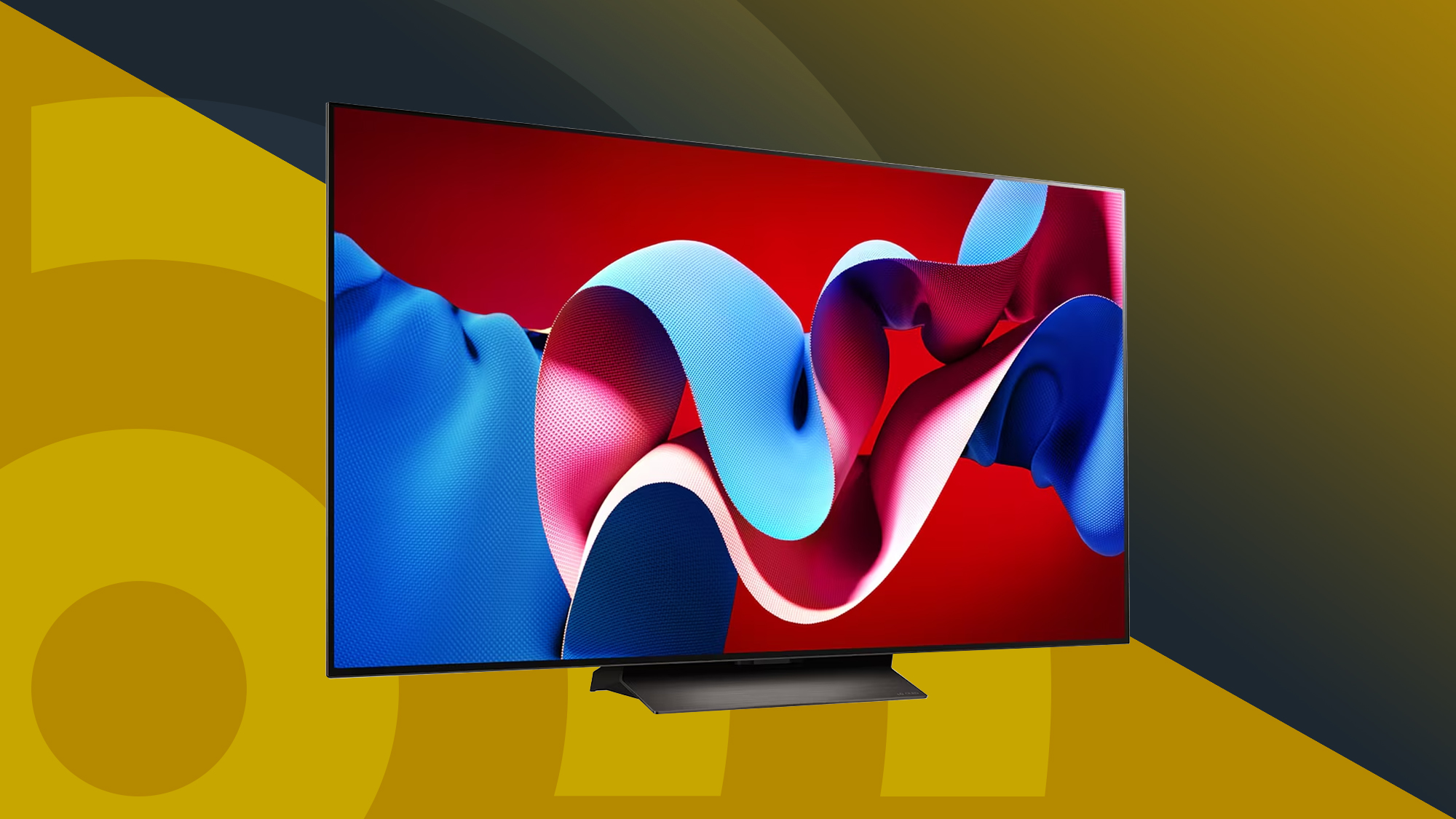
I’m a trained TV calibrator, and here are the best TVs you can buy today
By Al Griffin last updated
Top OLED and QLED sets to consider, from elite TVs to wallet-friendly options – all tested by us.
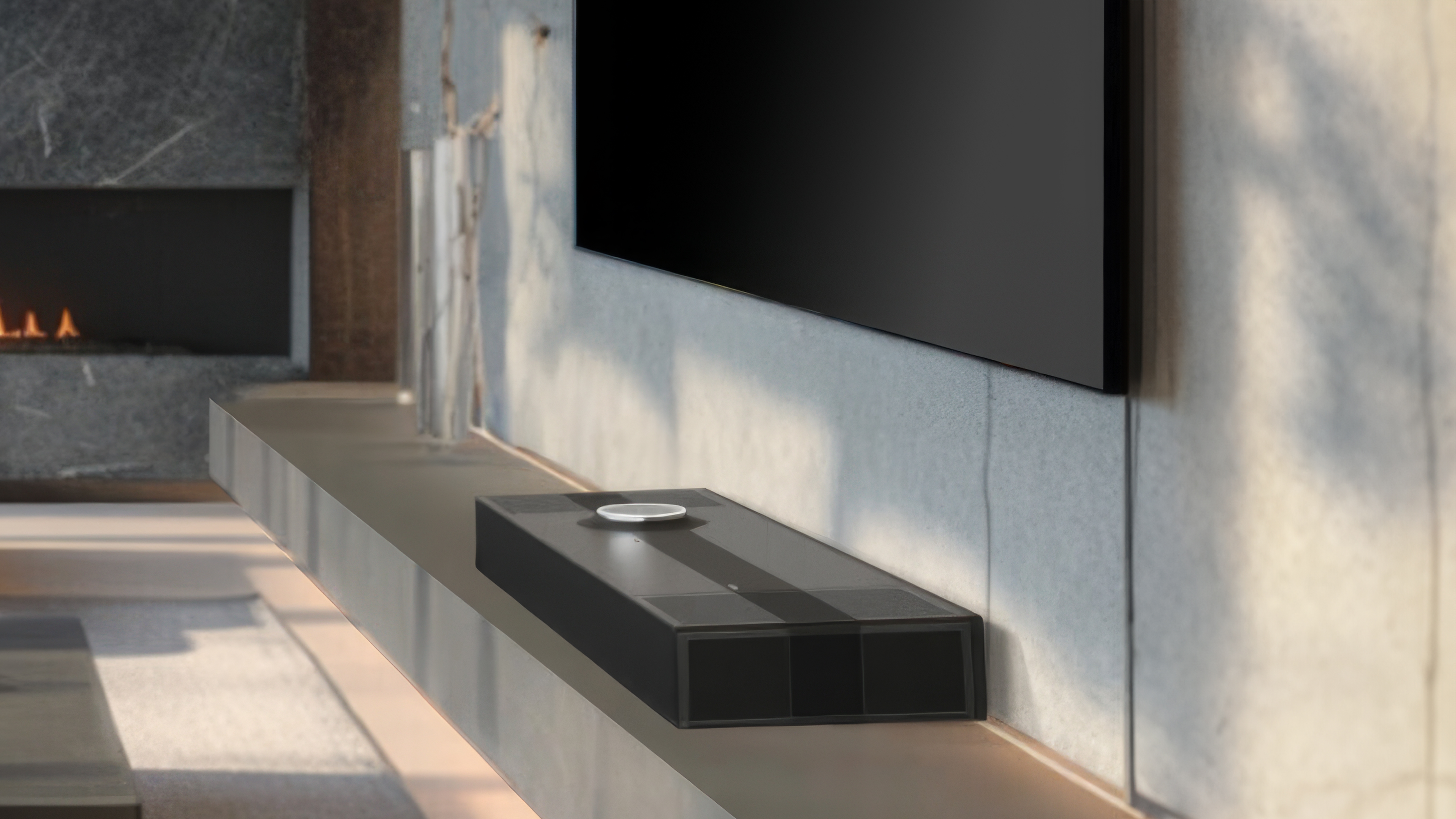
Hi-fi legend Focal is launching an astounding Dolby Atmos soundbar – but can your living room handle it?
By Carrie Marshall published
The new Mu-so Hekla is a 660W, 15-driver soundbar with Dolby Atmos and Hi-Res streaming

The best 65-inch TV for every budget, all tested by our reviewers
By James Davidson last updated
Updated We pick out the best 65-inch 4K TVs to complete your home theater setup, no matter how much you want to spend.

Bang & Olufsen's new elite Dolby Atmos soundbar looks like it's come from the future, and is priced like it too
By Carrie Marshall published
The Beosound Premiere looks a million dollars, and costs slightly less
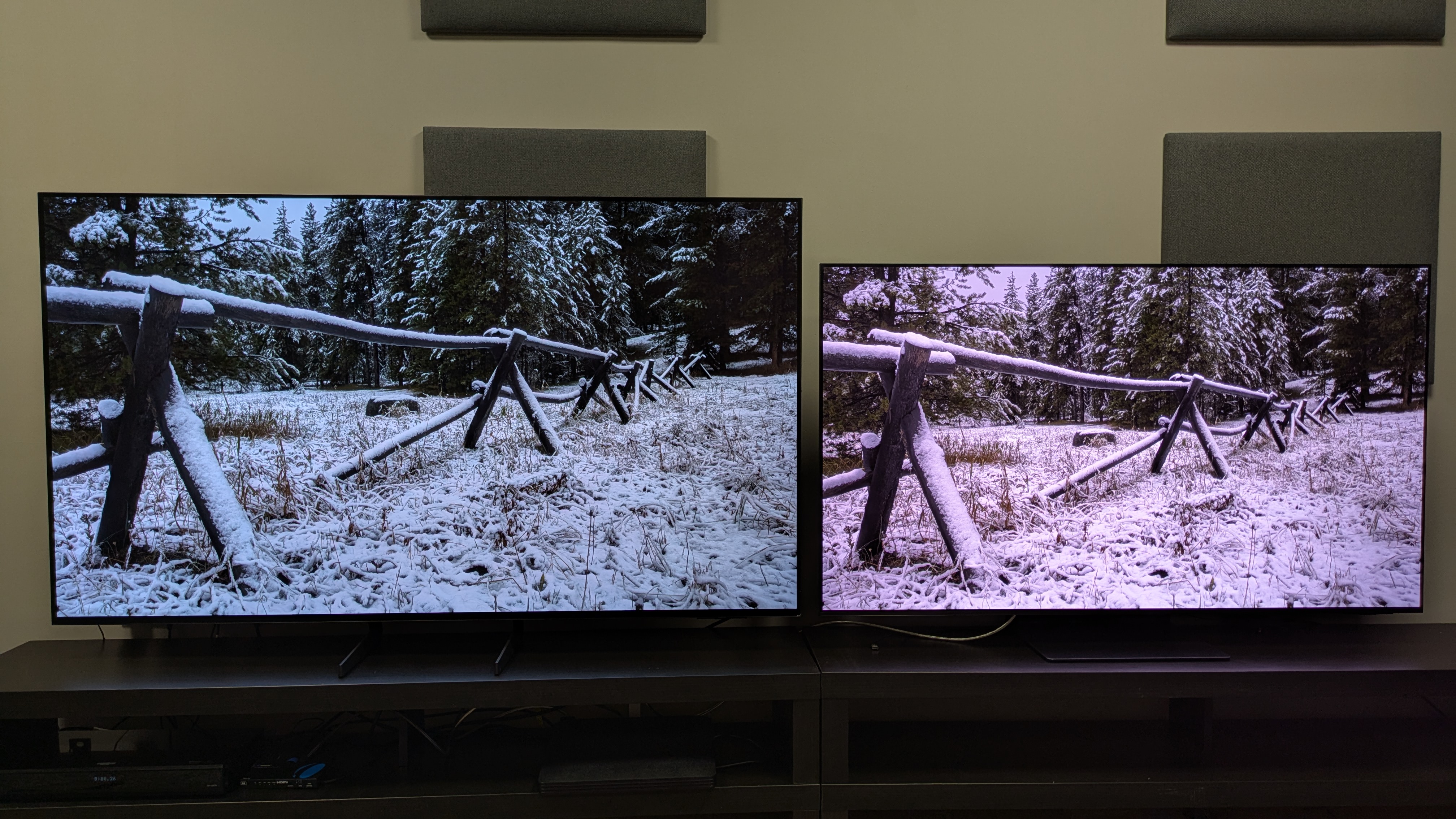
Samsung just revealed its Dolby Vision 2 HDR rival for TVs – and it beats Dolby by having a streaming giant on board from the start
By Matt Bolton published
HDR10+ Advanced is coming to fix motion, colors, brightness and even gaming HDR
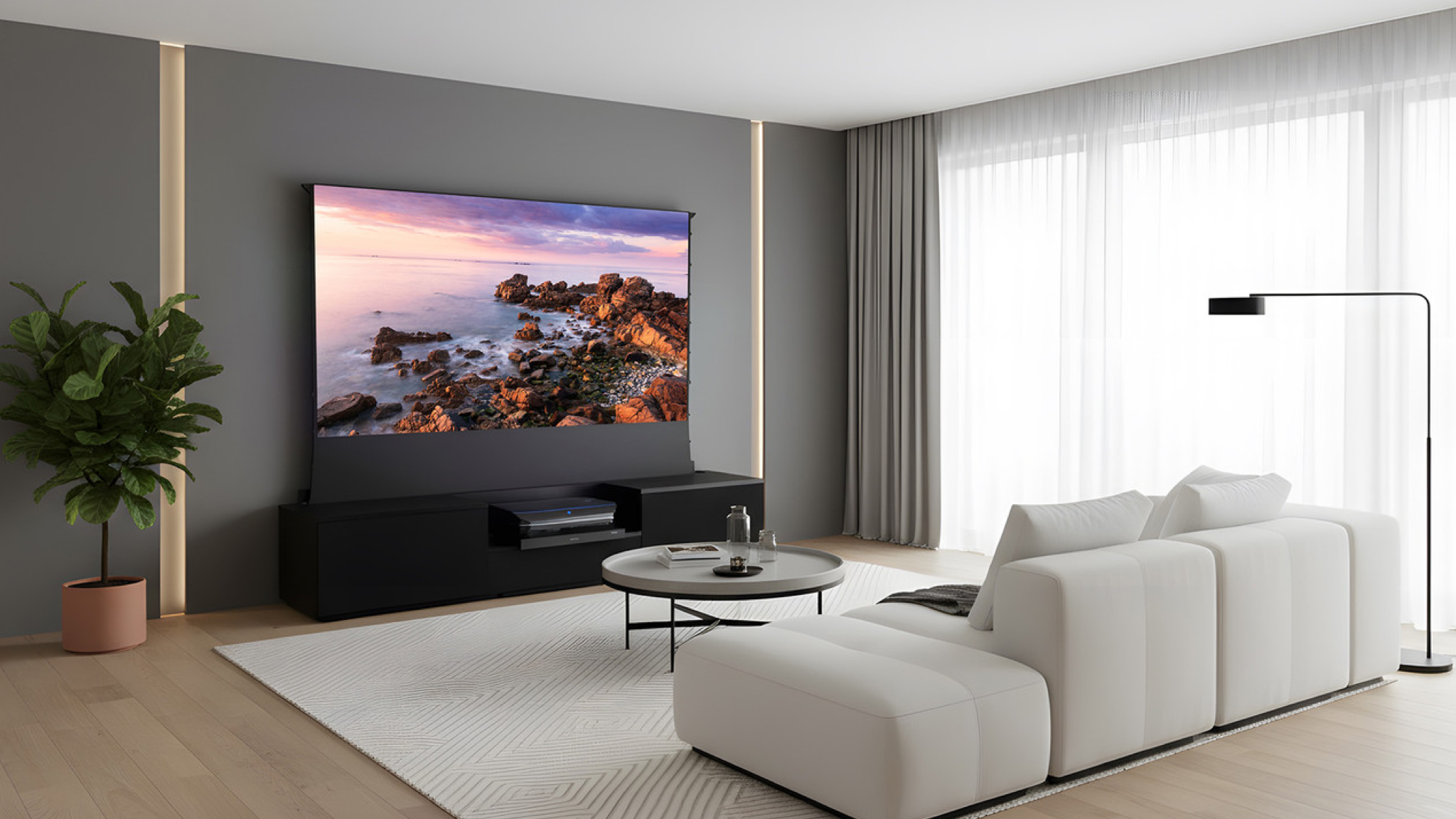
This ingenious TV unit is secretly an elite projector screen – with hidden compartments for your home theater speakers or soundbar
By Carrie Marshall published
Now you can play projector peek-a-boo
Sign up for breaking news, reviews, opinion, top tech deals, and more.
